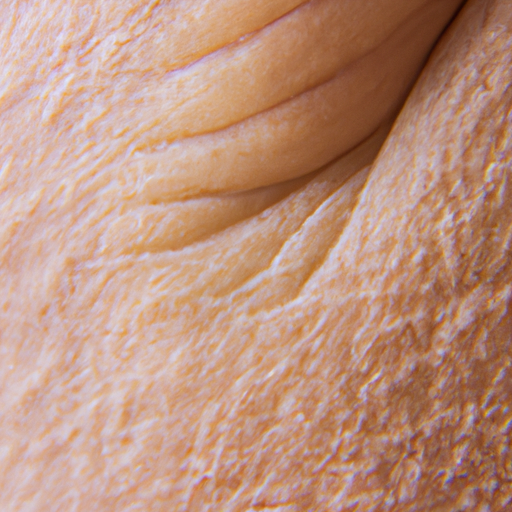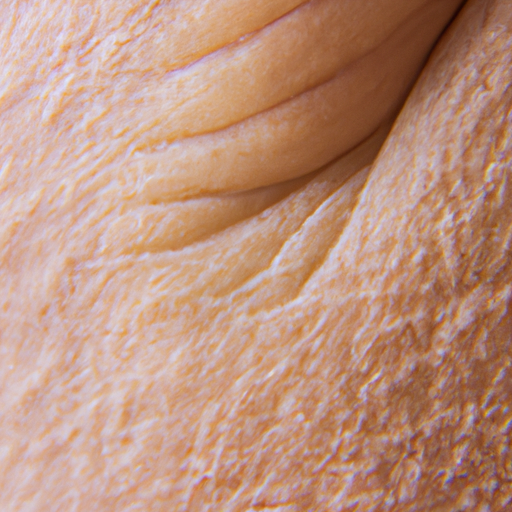As a medical professional, I am often asked about the various ways to achieve a more defined facial structure. One such procedure that has gained popularity in recent years is Buccal Fat Removal, a surgical procedure aimed at reducing prominent cheeks to give the face a more sculpted appearance.
Buccal fat removal, also known as cheek reduction surgery, involves the removal of buccal fat pads located in the middle of the cheeks. These fat pads vary in size from person to person, and their prominence can often make the face appear round or chubby. The goal of this procedure is to thin the cheeks, thereby highlighting the cheekbones and creating a more contoured facial profile.
The procedure is relatively straightforward. It is typically performed under local anesthesia and takes about an hour to complete. A small incision is made inside the mouth, on the inner side of the cheek, which allows for the removal of the buccal fat pad. The incision is then closed with dissolvable stitches. The fact that the incision is made inside the mouth means there are no visible scars post-surgery.
The recovery period for buccal fat removal is generally quick, with most patients able to return to their normal activities within a week. There may be some swelling and discomfort for a few days following the procedure, but these symptoms are usually manageable with over-the-counter pain relievers.
It’s important to note that while buccal fat removal can significantly enhance facial contours, it’s not suitable for everyone. Ideal candidates for this procedure are those who have chubby or round faces due to large buccal fat pads, rather than excess skin or overall weight gain. The procedure also tends to be more successful in younger patients, as the skin’s natural elasticity helps it adapt to the new facial contours.
One of the key considerations before opting for buccal fat removal is understanding that the results are permanent. As we age, our faces naturally lose volume. While this loss is usually counteracted by the presence of buccal fat pads, their removal can lead to a gaunt appearance in later years. Therefore, it’s crucial to discuss your long-term aesthetic goals with your surgeon before deciding on this procedure.
As with any surgical procedure, there are risks associated with buccal fat removal. These include infection, bleeding, bruising, and temporary numbness. However, these risks are relatively low, and complications are rare when the procedure is performed by a qualified and experienced surgeon.
In conclusion, buccal fat removal is an effective way to achieve a more sculpted and defined facial appearance. However, it’s not a one-size-fits-all solution. It’s essential to have a thorough consultation with a qualified surgeon who can assess your facial structure, discuss your aesthetic goals, and determine whether this procedure is the right choice for you. As a doctor, my primary concern is always the health and well-being of my patients, so I encourage anyone considering buccal fat removal to do their research and make an informed decision.




